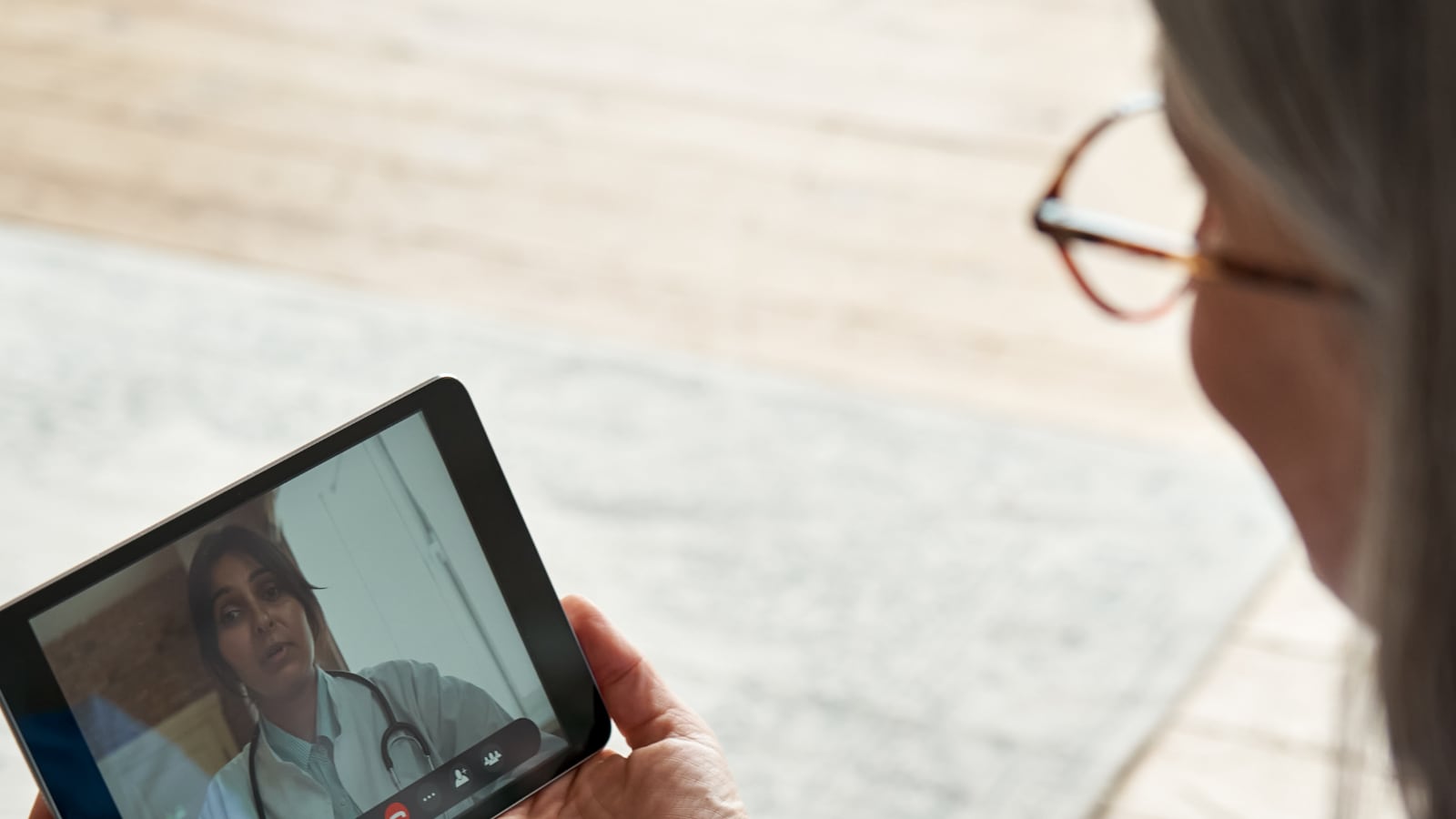Digital Disruption in Healthcare Will Continue in 2022, Can Tackle Access Woes

The COVID-19 pandemic has caused a digital disruption in healthcare. It has accelerated innovation, catalysed technological breakthroughs, and created a fertile environment for the emergence of low-cost innovations anchored in affordability and accessibility. It has also forced changes in consumer behaviour, persuaded doctors to become tech-savvy, prompted pharma companies to invest in digital therapeutics, and pressured governments to bring in more flexible healthcare-related regulation.
Going into 2022, these digital trends are likely to gather steam as technology promises to address the challenges and opportunities of the healthcare industry in this ‘new normal’.
E-Pharmacies
Since the onset of COVID-19 in early 2020, e-pharmacies have ensured uninterrupted supplies of quality medicines to the consumer’s doorstep. Realising the critical role of online pharmacies during the crisis, federal and state authorities issued orders recognising the delivery of medicines through e-commerce as an essential service. Online pharmacies are winning new converts, with a FICCI study projecting that 70 million households are likely to use e-pharmacies for their medicines by FY25.
Going forward, the government should articulate simple and clear rules that allows innovation to thrive in the e-pharmacy space, which will ensure the timely availability of affordable medicines in even the remotest parts of India.
In addition to improved availability, online pharmacies introduce an additional element of safety. Handwritten prescriptions have often been known to lead to problems related to legibility and wrong dosage. In addition, the medications provided by the pharmacy are dependent upon the availability of the appropriate brands (which is influenced by channel margins, etc.). With the right kind of regulation, e-pharmacies can eliminate many of the inadequacies in the last mile delivery of drugs.
Telemedicine
The pandemic has nudged both patients and doctors to increasingly move to online consultations. In fact, data show a dramatic increase in the volume of tele-health visits in 2020 as patients sought to safely obtain outpatient care over the Internet.
Telemedicine can prove to be a game changer in healthcare delivery in India, where there is only one allopathic government doctor for every 10,926 people. A robust mobile phone infrastructure that allows fast, and cost-effective data sharing will allow well-trained specialists to treat patients in far-flung, distant parts of the country using telemedicine.
Digital Therapeutics
Going forward, we are likely to see an increased demand for therapies that are patient-focused, data-driven and digitally enabled. Patient care will move to non-clinical settings driven by technology and connectivity, even as accelerated adoption of digital therapeutics empowers patients with point-of-care management.
As many healthcare providers become comfortable delivering care using digital technology, we are likely to see standard treatment guidelines (STGs) becoming pervasive, since large, statistically-significant datasets would be available for data analysis. These would empower doctors to benefit from the power of big data in choosing the best treatment protocol for patients.
Electronic Health Records
Prime Minister Narendra Modi launched the National Digital Health Mission, which makes every Indian eligible to voluntarily sign up for a Health ID, which can serve as a unified interface for all the healthcare records of an individual. The digital health ID initiative can help India develop a universal healthcare system based on electronic health records (EHRs), and e-Health Centres. Digital technology can provide innovative, and effective solutions to help maintain good health in patients of chronic disease after a diagnosis is made, or a surgery is done.
Having control of their own data through the EHRs will empower patients and enhance their ability to easily identify what is in their best interest. Availability of longitudinal EHRs will make it easier for doctors and healthcare workers to get a good, and customised view of everyone’s journey. Investing in building a robust digital architecture will support healthcare platforms and networks across India.
Artificial Intelligence
The rapid increase in new and suspected COVID-19 cases has brought into focus the importance of Artificial Intelligence (AI). The technology is aiding rapid diagnosis by identifying CT scans with COVID-19 associated pneumonia, as well as distinguishing non-COVID-19 related pneumonias with a high level of accuracy in patients.
AI innovators are developing quicker technology-enabled testing, and screening modalities to replace traditional methods that require expensive equipment, and specialist technicians. Going forward, we are likely to see the interaction of human intelligence and AI leading to better decision-making in the larger interests of patients.
Take, for example, the regulatory concerns over the approval of Merck’s molnupiravir, an antiviral for the outpatient treatment of COVID-19. An expert advisory panel to the US Food and Drug Administration narrowly voted (13-10) to recommend grant of an emergency authorisation to the antiviral pill. However, a subject expert committee (SEC) in India deferred approval on the grounds that the clinical trial data on the efficacy of the drug remains inconclusive. It would have been interesting to see how an AI-based system would have interpreted the data and taken a decision based on risk-reward considerations.
Going forward, AI can have other applications as well. AI-based Primary Healthcare Centres can be equipped to provide screening, wellness, awareness, and diagnosis in resource-scarce settings.
Apps Beyond COVID-19
The pandemic saw the advent of mass scale platforms such as CoWin and Aarogya Setu that have combined mobile phones, individual IDs, and OTP-based verification to capture key diagnostic, vaccination and outcome data which are perhaps the most advanced databases in the world. We must leverage these powerful digital platforms beyond COVID-19 to manage both communicable and non-communicable diseases real time.
Software and data analytics have enabled us to track and trace COVID-19 infections, vaccination doses as well as re-infections linked to sequenced variants, and have provided us with strong surveillance-based COVID-19 management. This has truly spearheaded digital disruption in healthcare delivery which must continue beyond the pandemic.
Conclusion
The COVID-19 crisis has accelerated the digitisation of several sectors, from e-payments to e-commerce, and e-learning to e-government. The accelerated digital transformation will see greater implementation of new technologies in the healthcare industry next. Greater use of digital technology in the delivery of healthcare can not only provide consistent level of care at a larger scale, it can also make healthcare accessible to the most economically disadvantaged individuals in the population. Thanks to technology, we can look towards a healthier, more equitable 2022.
Kiran Mazumdar-Shaw is Executive Chairperson, Biocon, and Co-Chair, Lancet Citizens’ Commission for ‘Reimagining India’s Health System’. The views expressed in this article are those of the author and do not represent the stand of this publication.
Read all the Latest News, Breaking News and Coronavirus News here.
Source link






